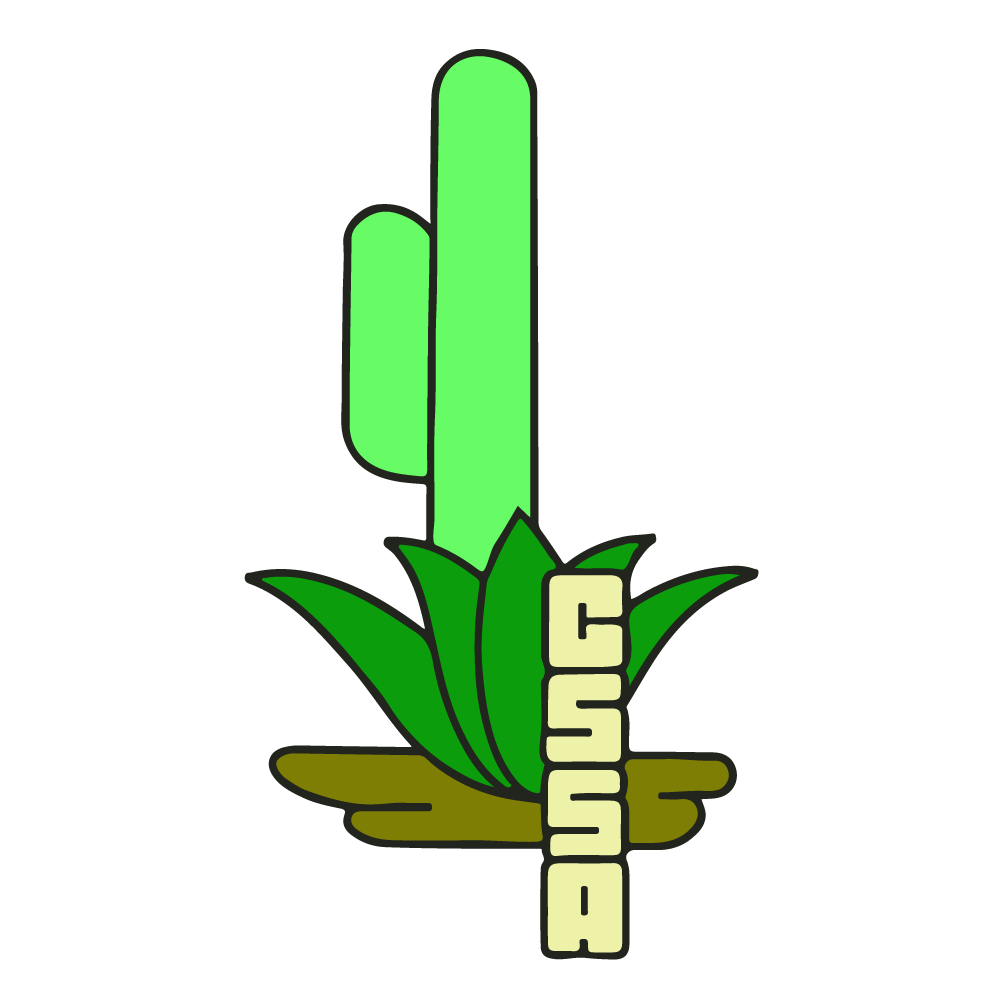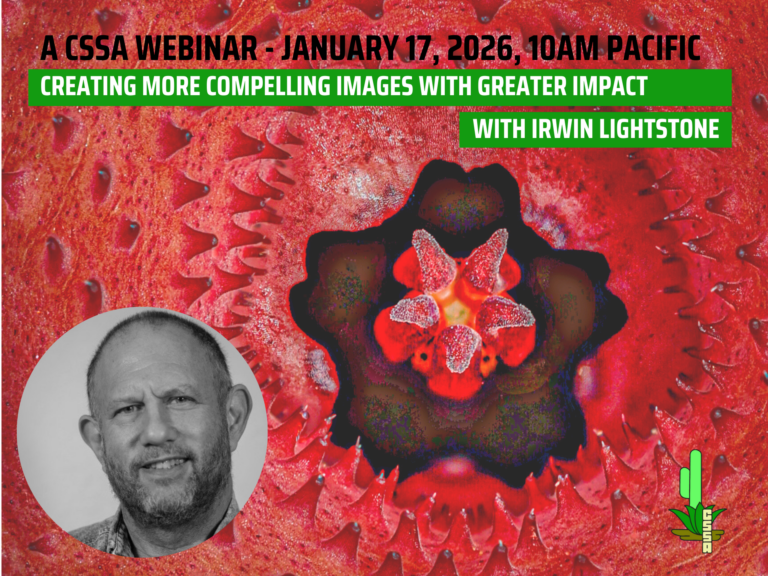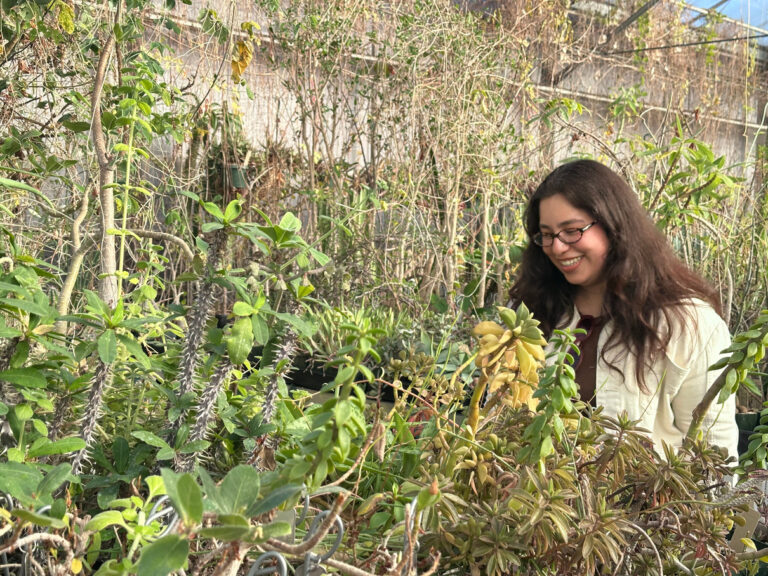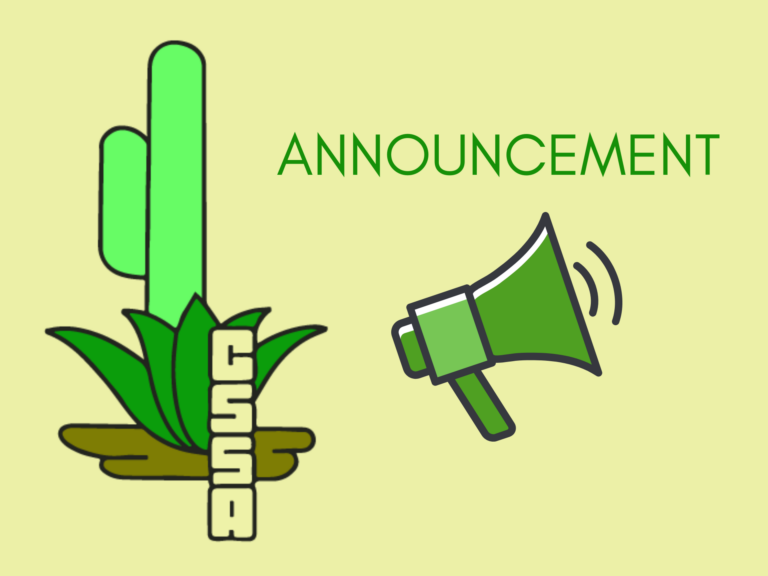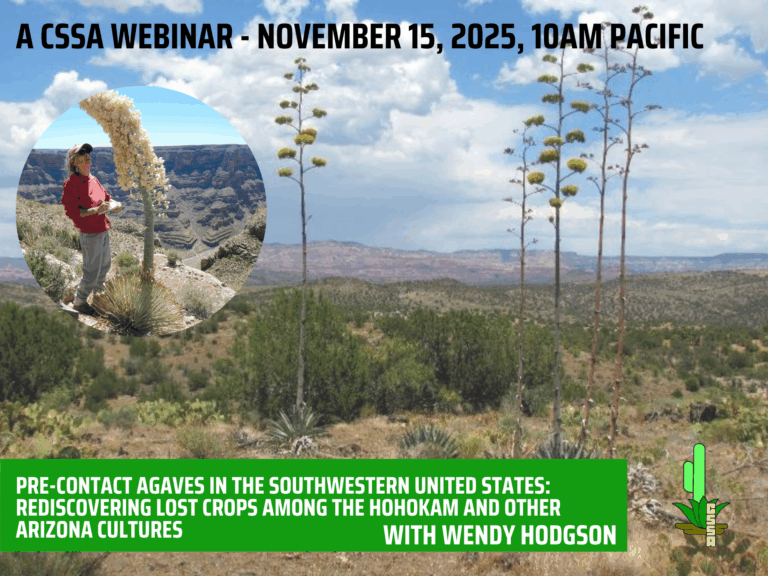Never miss a webinar – add yourself to our mailing list
Cactus Restoration with Lane Butler and Raul Puente Martinez
Echinocereus arizonicus subsp. arizonicus (Arizona hedgehog cactus or AHC) is a US federally listed endangered subspecies under the Endangered Species Act since 1979 and is endemic to a small area in central Arizona growing largely within the Tonto National Forest. AHC prefers rocky microsites such as cliffs, bluffs, outcrops, and boulders within a narrow range of Madrean woodlands and chaparral plant communities from 1007-1740m in elevation. The US Fish and Wildlife Service estimated the current known population at ~5900 individuals in August 2023. Between 1979 and 2023, AHC abundance and habitat both continuously declined due to road construction projects, mining operations, and recent wildfire. The Telegraph Fire of June 2021 burned 180,000 acres including more than 20% of the subspecies’ known habitat and 56% of its estimated habitat. Approximately 1600 plants mapped by the US Forest Service prior to the fire fell within the fire’s perimeter. The Carlota Fire of August 2023 burned an additional 344 acres and some 325 of these cacti.
Our presentation will illustrate both the Section 7 AHC salvage/reintroduction project (concluded 2022) and the Section 6 AHC restoration project (concluded 2023), with detail about the scope, methodology and results so far of our AHC restoration project.
About Raul Puente Martinez
Raul has worked at the Desert Botanical Garden (DBG) as Curator of Living Collections and Research Botanist since 2001. He is responsible for curatorial duties such as plant acquisition, database maintenance, and mapping of the garden’s Living Collection. Since 2006, he has been involved with the Cactus and Succulent Specialist Group of the International Union for the Conservation of Nature as the Red List Authority Coordinator. In this capacity, he has been involved in writing Risk Of Extinction assessments for numerous species of Cactaceae, as well as Agave and Yucca. His education includes a degree in Agronomy, with a major in Botany, from the Universidad Autónoma of San Luis Potosí, México. He obtained his Master of Science degree from Arizona State University (ASU). His research interests include systematics of the genus Opuntia (prickly pears) in Mexico. He is also working on a taxonomic revision of the genus Nopalea, a unique group of tropical prickly pears that are pollinated by hummingbirds. His research is based on field work, as well as morphology, chromosome number, pollen morphology, and other techniques. He has been a collaborator on the Vascular Plants of Arizona project at ASU, and he has written various family treatments, as well as producing various plant illustrations. His work at the DBG has allowed him to visit deserts of the world in search of plants with low water requirements for the Living Collection, as well as to test their potential for introduction into desert landscapes.
Airing Date: September 21st, 2024
Time: 10AM Pacific Time

About Lane Butler
Lane has worked at the Desert Botanical Garden (DBG), as Tonto National Forest Rare Plant Community Science Project Coordinator and rare plant researcher, since 2019. She is responsible for grant-writing for her various projects, which include opportunities to train community scientists to survey for rare plants on the Tonto National Forest, as well as opportunities to work on rare plant conservation and restoration. Since 2021, she has been involved with conservation and restoration work with Echinocereus arizonicus subsp. arizonicus, the federally listed endangered Arizona hedgehog cactus. Her education includes an interdisciplinary Bachelor of Science at ASU, which allowed her to focus on plant biology, conservation biology, and ecological restoration, and a Master of Science in Plant Conservation Biology at ASU. Her research interests include plant-pollinator interactions and conservation in the Sonoran Desert and rare plant conservation on the Tonto National Forest. She has authored and co-authored several articles and papers about the rare plants she has researched. Her work at the DBG has allowed her to engage in significant field work on the Tonto National Forest and with plant enthusiasts seeking to become community scientists for the sake of rare plants.
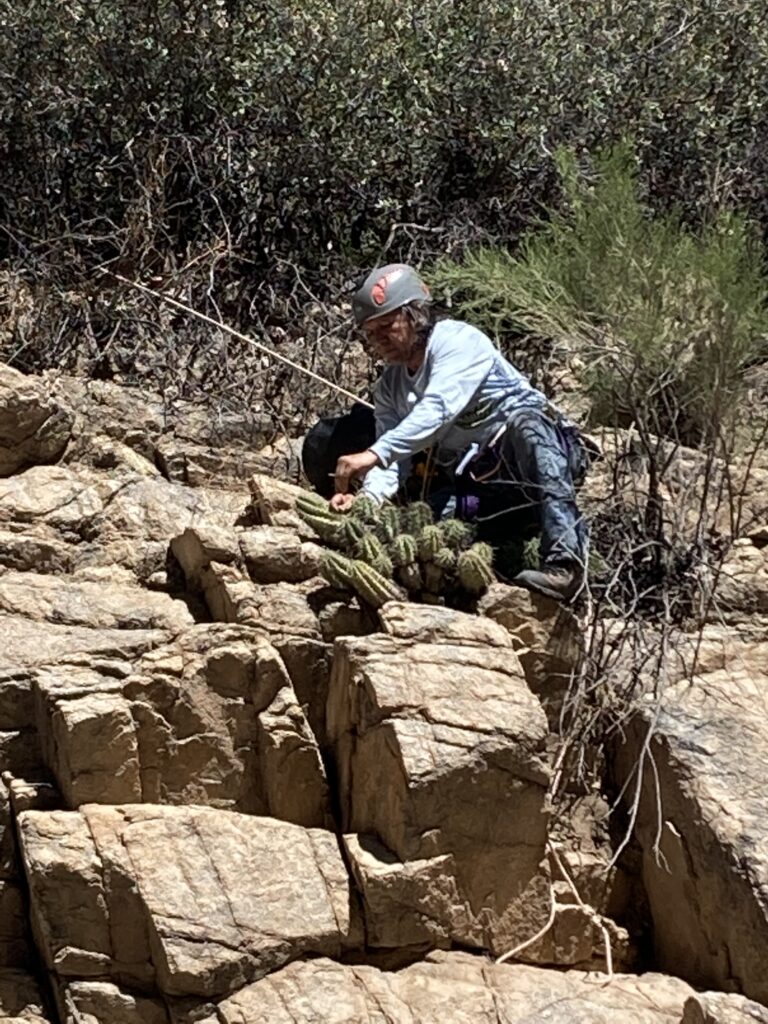
Recordings
In some cases, presenters allow us to upload the recorded webinar for later viewing on this website. The amount of time the recordings are available depends on what is allowed by the presenters.
Consider supporting these programs by becoming a member or contributing to our Webinar Fund.
